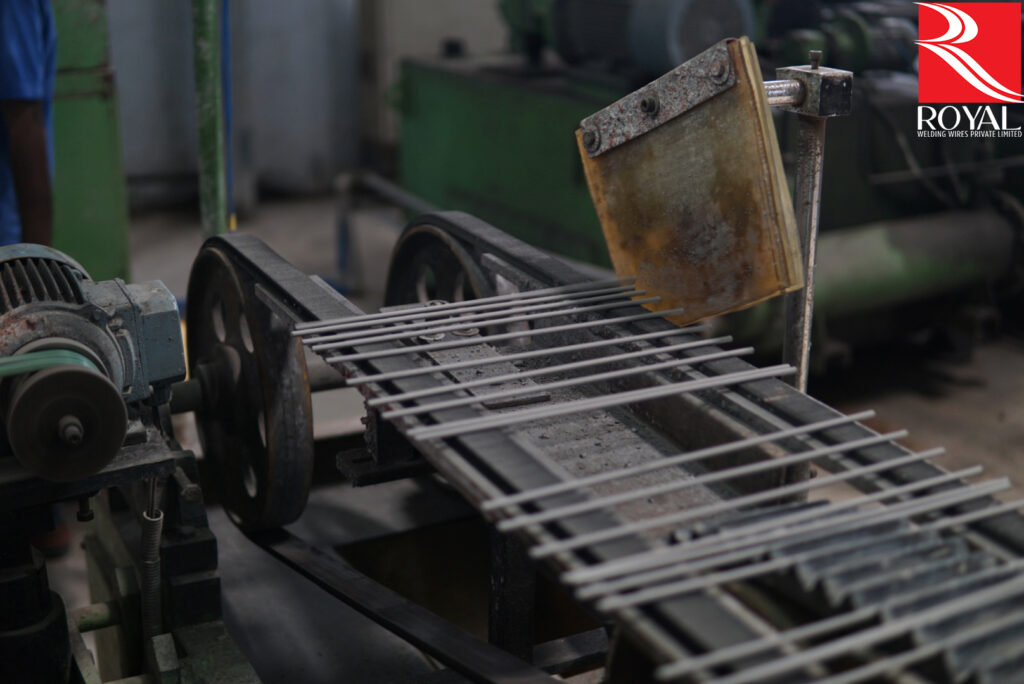People often ask, “which rod is used in welding?” Our article explains what rods are and how they are classified.
Introduction
The type of welding rod that is used depends on the material that is being welded. The most common welding rods are made from tungsten, but other materials, such as aluminum, can be welded using specific welding rods.

How to Choose the Right Welder’s Rod for the Job
Welders need to choose the right welding rod for the job. Many types of welding rods are on the market, so it can take time to decide which one to buy. Here are some tips for choosing the right welding rod:
- Look at the type of welding you plan to do. Most welders use a stick electrode, but flux-cored and arc-welding rods are also available.
- Size is important too. The thicker the rod, the more heat it can produce. However, thicker rods can be difficult to handle and may not be compatible with some machines.
- Rods come in various shapes and sizes too. Some welders prefer thin rods for tight spaces, while others prefer thicker rods for more strenuous tasks. It’s important to find a rod that fits your needs perfectly!
Take Your Welding to the Next Level with Our Wide Selection of Welding Electrodes – Buy Now!
What are the different types of welding rods?
There are a few different welding rods, each with a specific purpose. Here are the most common types:
Flux-cored rods: These rods usually have a flux core on one end, which helps to create a weld. They’re typically used for welding metals with high melting points, like aluminum.
Arc-welding rods: These are made of a material resistant to heat and won’t break when hit with an arc. They’re typically used for metal welding, like steel, that doesn’t require a high melting point.
MIG welder rod: This type of rod is similar to an arc-welding rod but uses a series of sparks to make the weld. It’s best for welding lighter metals like aluminum and stainless steel.

How do you select the right welding rod for your project?
There is no one answer to this question since welding rods come in various shapes and sizes, and the type of welding you will be doing will affect which rod is the best for your project.
However, some general tips on how to select a welding rod include:
- Consider the type of welding that you will be doing. For metalworking projects, a wire welding rod is typically required. For plastic welding, a tungsten-cored welding rod is generally used.
- Check the size of the weld area that you need. A larger weld area will require a larger welding rod.
- Consider the material that you are using. Some metals require a heavier-gauge welding rod than others.
- Consider the price of the welding rod. Prices vary greatly depending on the brand and type of welding rod you choose.
- Try different welding rods before buying them to see which works best for your project.
What determines the quality of a welding rod?
The quality of a welding rod is determined by its diameter, type of wire, and coating.
The diameter is the size of the welding rod. The type of wire is the metal that makes up the welds. The coating is what protects the metal from oxidation and other corrosion.
What are the features of a good welding rod?
A good welding rod should be made of a durable material that can resist heat and wear.
It should also have a low melting point, so it doesn’t solidify during welding.
The thickness of the rod should also be adequate to conduct heat without becoming too hot to handle.

Conclusion
In this article, we will discuss the different types of welding rods and which are used most often for welding.
We will also be providing a few tips on how to choose the right welding rod for the task at hand.
So, whether you want to repair a faulty weld or start your metalworking project, read on for all the information you need!
